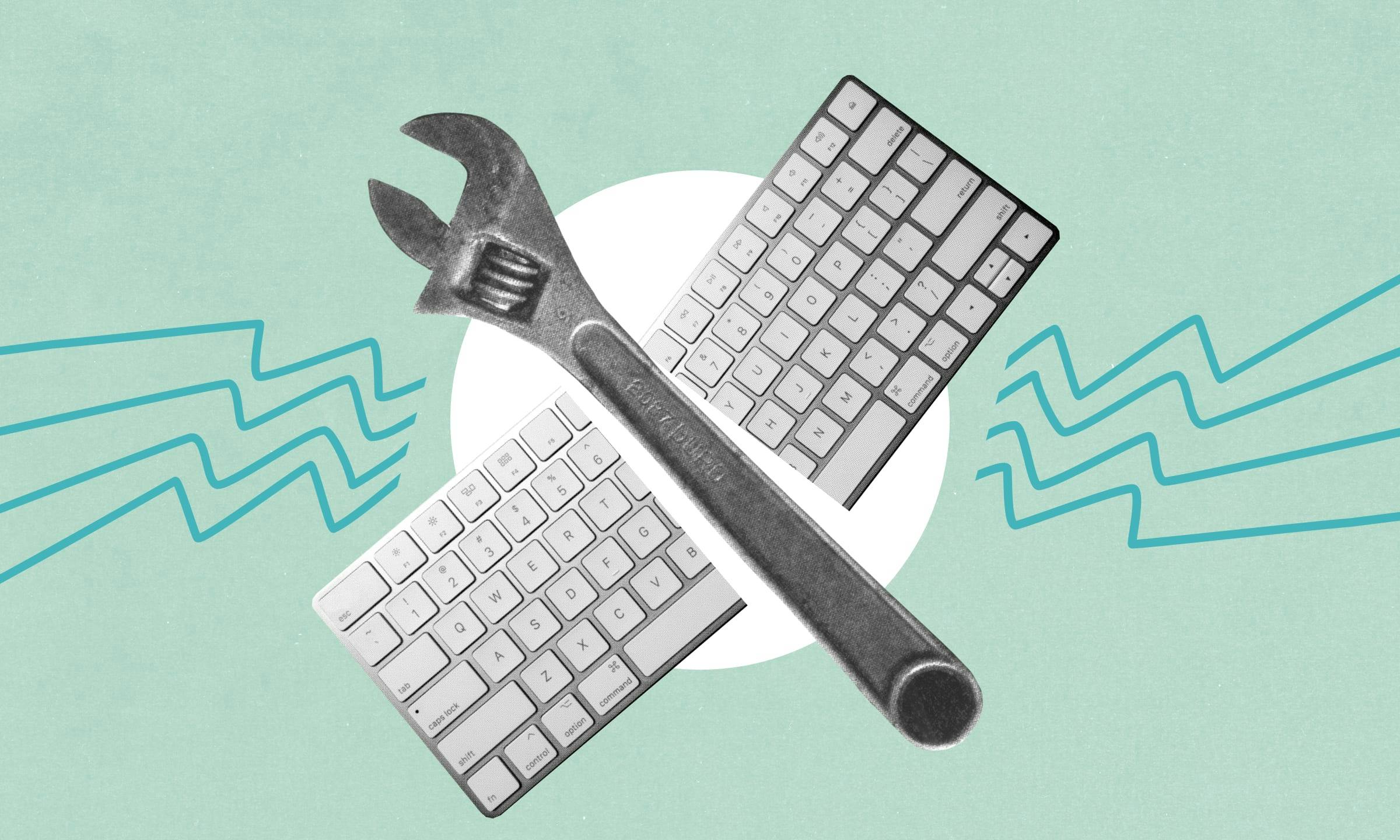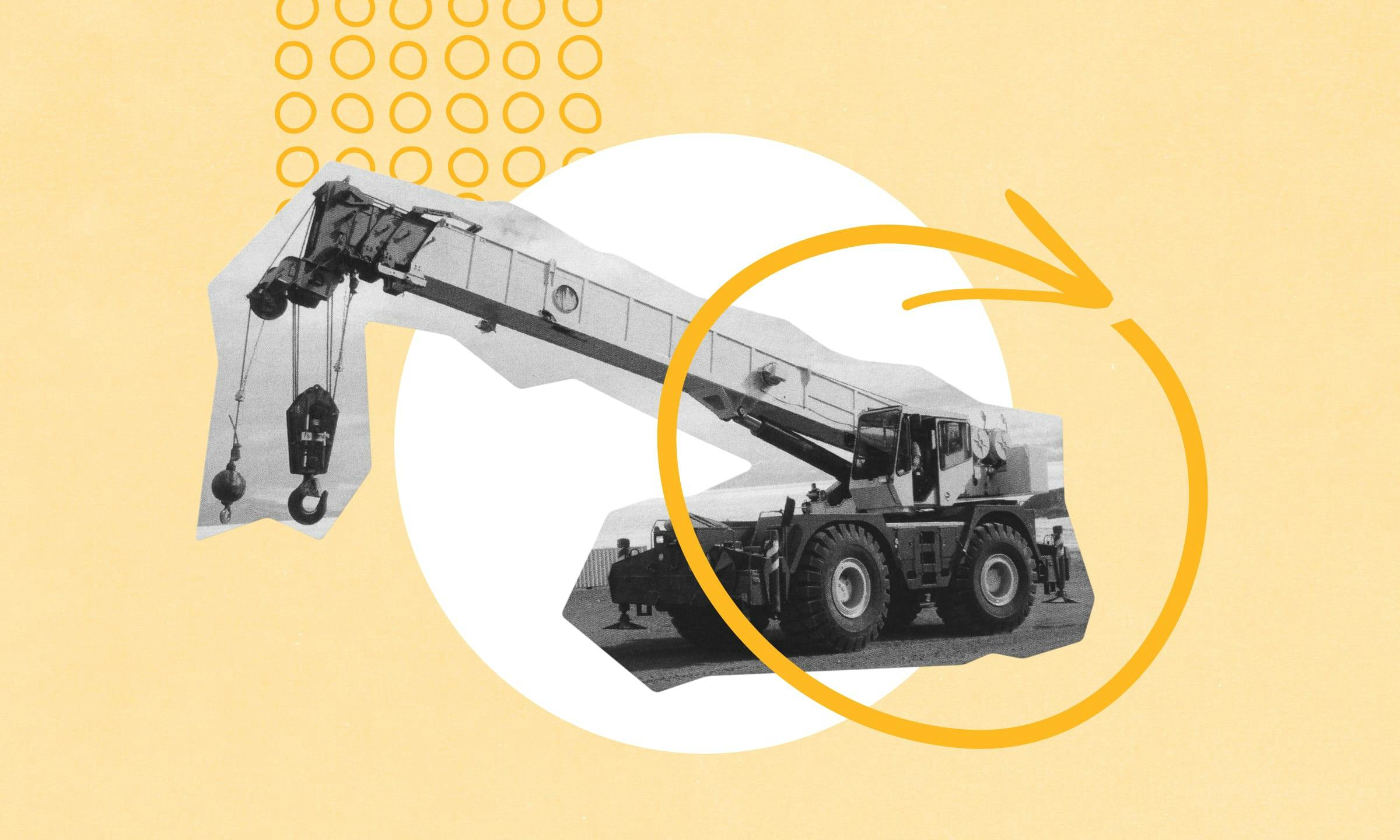This is How We Bridge the Skilled-Labor Gap

“A funny thing happened on the way to the collapse of America’s manufacturing sector: it actually didn’t.”
So begins The Titanium Economy: How Industrial Technology Can Create a Better, Faster, Stronger America.
Published in late 2022 by Public Affairs, the book is a deep dive into, among other things, the curious fact that some of the most profitable companies in the United States—many of which have consistently outperformed the much-lauded Silicon Valley FAANG tech superstars (Facebook, Apple, Amazon, Netflix, Google)—are companies that you’ve likely never heard of, making products you’ve never seen, in places you’ve never visited.
The phrase “Titanium Economy” refers to a collection of high-tech manufacturing firms that share a number of qualities with their namesake metal: they’re durable, strong, corrosion-resistant, and in virtually everything we use every day of our lives, whether we know it or not.
The book—by highlighting the stories of a number of Titanium Economy standouts—shows how, despite what we’ve been fed by the news, manufacturing is very much alive and well in America.
“Much of the industrial sector is thriving,” the authors write, “brimming with innovation, offering high-quality jobs with good pay and benefits, and producing strong financial returns.”
But while the news of the continued success of American manufacturing is certainly a welcomed (and novel) storyline, there’s actually another aspect of the book that I want to dig into: America’s complicated relationship with blue-collar work.
Carhartt hats and blue-collar swagger
As a nation, we have a strained, paradoxical relationship with the blue-collar sector. Everyone from hipsters to hip-hop artists can don Carhartt apparel as a fashion statement, but simultaneously dismiss the trades as a career path.
We like the idea of blue-collar work much more than actual blue-collar work, a sentiment that has morphed into an economic problem so large that we can quantify it using a dollar amount that begins with a T.
In The Titanium Economy, in addition to highlighting how industrial manufacturing is flourishing, the authors also build a passionate, intellectual case for America to create a real strategy for dealing with one of the most pressing problems we face in Industry 4.0: the skilled labor shortage.
Combine our country’s dire recruitment situation with our current reshoring initiatives, and we find ourselves at an inflection point that will either further define us as a nation of independence, able to manufacture and build the goods we need to realize our collective future, or one of interdependence, where we continually find ourselves in a pandemic position, waiting for another country to ship us the PPE—or whatever else—we desperately need.
Having grown up in a blue-collar family, the son of a heavy-equipment operator who pulled on his work boots every morning before heading out the door, I know firsthand how fulfilling—and how important—a blue-collar life can be.
Born in The City That Works to a family that works, I know the value of hard work, and I’ve been shaped and molded by understanding the value of that hard work in the most traditional sense.
During my formative years, my stepfather taught me how to slide underneath a car and turn a wrench so the oil drain plug falls into the pan, how to measure and cut an outside corner of a piece of door casing, how to repair a hole in drywall, how to rewire a car stereo.
He taught me how things worked and, most importantly, he taught me how to work: methodically, doggedly, relentlessly.
I bring all this up because even though I can no longer consider myself a blue-collar worker, even though I no longer show up at a jobsite each morning to hump forms for a concrete contractor, or fuse PE pipe for a gas contractor, or install furnaces for an HVAC contractor, I still care deeply about the fate of America’s working class—as should all of us.
Sure, social media networks are useful and one-click ordering is convenient, but we still need trained, skilled people to construct the data centers that house those social networks, and we still need trained, skilled people to drive the trucks that deliver the things we order.
No matter how advanced we think we are, no matter how promising LLMs might seem, we still need trained, skilled people to operate street sweepers and snow plows, cement trucks and concrete pumps, Wacker packers and Ditch Witches.
And we need them now more than ever.
A real expensive problem
According to estimates by McKinsey, in the past ten years alone, 2.4 million industrial jobs went unfulfilled and the US economy lost $2.5 trillion as a result of the labor shortage.
Think about that for a second.
We lost $2.5 trillion dollars in economic opportunity because people either don’t want to, or simply aren’t trained to, do the blue-collar work we need them to. The numbers are hard to even wrap your head around. (For context, as of this writing, the national debt is $32 trillion.)
The big question, of course, is: How do we solve this problem?
First, it’s important to understand that the skilled labor shortage began with a narrative, some of it perpetuated by the people who love us most, who wanted to see us—and I’m thinking of Gen X here—succeed.
“I’m doing this so you don’t have to,” our fathers or mothers said to us, often at the end of a long work day, often massaging that spot on their lower back that always seemed to hurt. “I want you to go to college.”
So, for the most part, that’s what we did.
And we eventually got jobs where we used our hands to type rather than turn wrenches. And when that happened for long enough, when enough people went to college and we stopped caring about blue-collar work, after shop class and woodworking were taken out of high schools, that skills gap started widening.
Now, it’s so vast that it’s hard to even imagine the massive length of the bridge we need to build.
However, there is indeed a bridge we can build, and it begins by changing the narrative.
We need to tell a new story about work. About what’s important. About what it means to be an independent nation.
Yes, we need training programs and outreach, but I think what we need more than anything else is for the creative industry to take a stab at solving this problem. After all, stories are the currency of creativity, and it’s time for us—as a nation, as an industry—to start spending again.
If Ford got you to buy into the idea of “Built Ford Tough,” and the California Milk Processor Board had you asking, “Got Milk?”, and Nancy Reagan implored you to “Just Say No.”, then why can’t we harness that same creative energy for this?
Advertising is a powerful tool and if we’re going to close the skills gap, we’re going to need a national strategy that harnesses the power of a national campaign.
We need to launch a product—that product being the trades and skilled labor and blue-collar work in general— in the same way that Apple might launch a new iPhone or Netflix might launch a new subscription tier or Facebook might launch a new app.
Strategy, channels, media buys, OOH (out of home), environmental—we need it all, across the country, for a considerable amount of time.
A two-sided approach
At the end of The Titanium Economy, the authors leave us with thirty suggestions for how to tackle this issue, and it’s worth listing a few of them here.
- Create a national “Apprenticeship Institute” network across all states to elevate the importance of apprenticeships in American culture to the level of university degree programs.
- Launch a national campaign to rebrand apprenticeships and vocational training to combat the perception that they are inferior to university degrees.
- Prioritize industrial-tech investments to shift attention and value to the sector and shift the investment glut away from standard tech, recognizing the dynamism and multiplier effect of US manufacturing.
These are good ideas and they should happen, but they need to happen at the same time that we change the narrative. It’s really our only path.
The way that we change the idea of work is by working in the manner my stepfather taught me to all those years ago—methodically, doggedly, relentlessly. But there’s one more adverb I need to add to the formula: creatively.
It’s through creativity that we will solve the problems of the Fourth Industrial Revolution.
There’s simply no other way.


